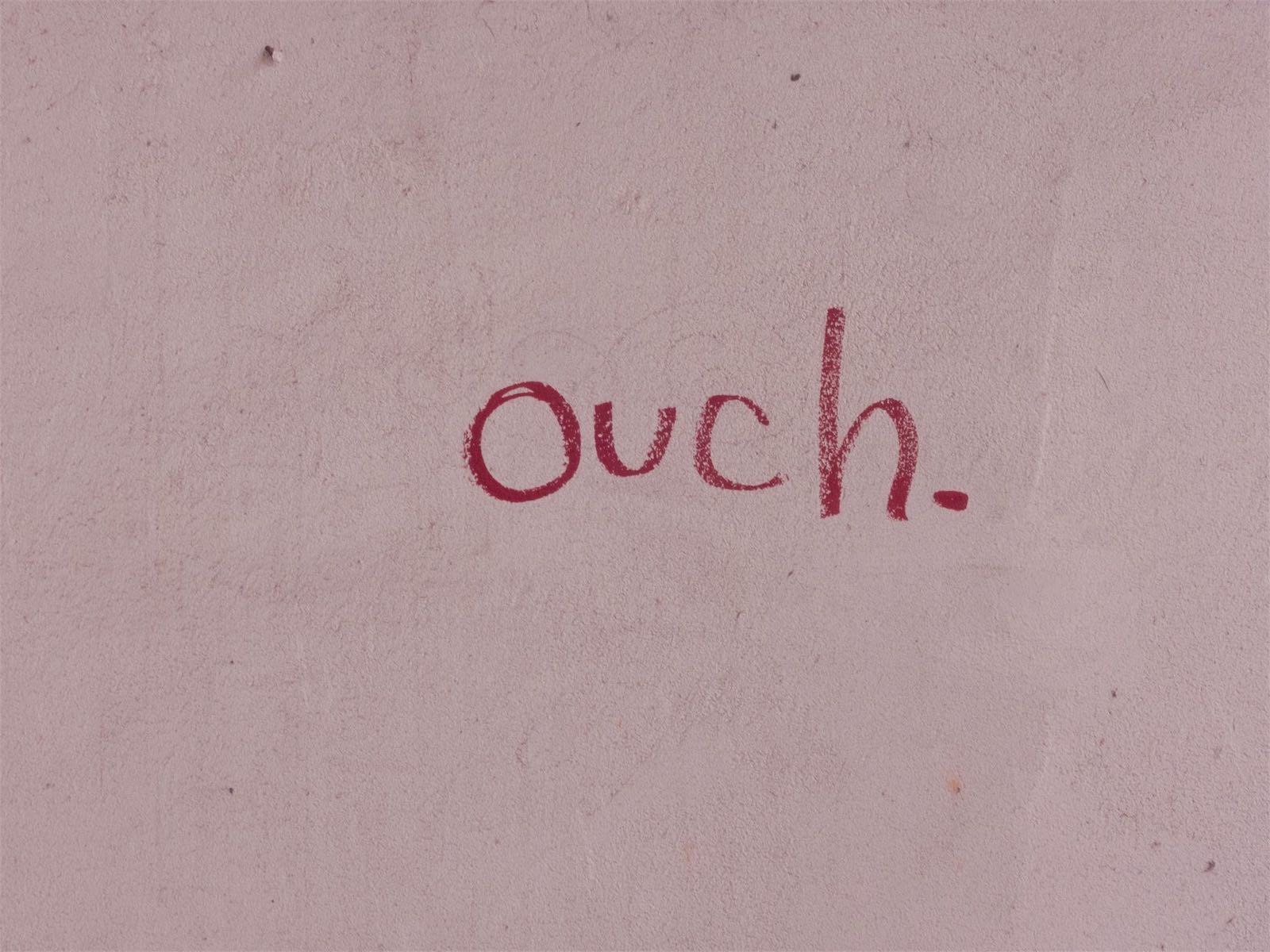
I’ve been using software every day for almost 20 years. I use it to do my work, create things in my spare time, socialize, relax, and so much more. And if you’ve met me or been reading this site for a while, you know I have very strong opinions about how it should be designed and crafted. But by far, my strongest belief about software is that almost no one pays enough attention to the paper cuts. In the field of interaction design, a paper cut bug is “a trivially fixable usability bug”. The term comes from the Ubuntu team, which decided in 2009 to prioritize fixing lots of these niggling issues. GitHub followed suit in 2018.
Running up against a paper cut bug feels a little bit like getting a physical one: not the end of the world, but certainly unpleasant. These types of tiny annoyances accrete over time, especially when no one is paying attention to them. In a single day of using my phone, I encounter dozens of these minor bugs that each annoy me just a little bit, making the task I’m trying to accomplish just a little bit more complicated.
For example, I might notice a button that’s enabled even though it can’t do anything, or a form field that has a scroll bar even though there’s no scrolling content. The result is that I trust the software I use less. When software isn’t polished, when it’s full of things that feel like paper cuts, it becomes less joyful and more frustrating. It sucks all the opportunity for delight out of the room.
The more insidious thing about these bugs is that they’re rarely reported by users or caught by automated testing tools because they’re too small to complain about or too obscure to write tests for. Great QA testers can find and file these types of bugs, but they usually flounder at the end of a long backlog of new features. This means that if you’re an engineer on a piece of software, you’re the person who’s best able to notice and fix these bugs. Yes, you might have to convince your boss or your product manager to set aside some time every so often to do so, but I promise your users will be grateful, and your product will improve in meaningful ways if you do.
What kinds of things should you be looking for? How can we notice paper cuts when they’re such a part of our daily reality in every app we use? Here’s a list of some of the most frequent paper cuts I see. I hope it helps in your quest to smooth out the edges of your software—to paint the back of the fence.
Common Paper Cuts
- Logouts: When I open the app, sometimes I’m randomly logged out for no good reason.
- Inconsistent Copy: The text switches randomly between straight quotes and smart quotes or title case and sentence cases.
- No Undo: I change something, the UI updates instantly, but there’s no way to undo the change, so now I’m out of luck if I don’t remember what I did.
- Scroll Hitches: Scrolling lists cause the app to freeze up or drop frames.
- Missing Options: The app is missing an option for my gender/pronouns or forces me to fill out a required field that doesn’t apply to me.
- Lacking Accessibility. Some elements are missing labels for screen readers; the visuals have poor contrast, etc. (I gave a whole talk about this.)
- Unlocalized: The copy and date/time formatting doesn’t match my language or region settings.
- Typography: An element is improperly typeset, leading to inconsistent margins, cut-off descenders, or illegibility.
- Strict Validation: Overly strict form validation prevents me from using the name I want to or including an emoji.
- Flashes & Blinks: When things load from the network or disk, they flash or blink into place, or the content of the screen jumps around to accommodate them.
- Loading?: Something is taking a while, but there’s no spinner progress bar to keep me informed.
- No Empty View: A list becomes empty, and I’m staring into the void rather than at a nicely designed empty view so I know what I can fill it with.
- Wayfinding: I can’t easily find Settings, Terms of Service, Privacy Policy, third-party code licenses, etc.
- No Primary Action: The primary action on each screen isn’t differentiated or highlighted, so it’s hard to know what I’m supposed to do.
- Dead Ends: There’s no way out of a screen or flow. Or there’s no way to cancel or delete my account.
- Missing States: Buttons and list items don’t look any different when they’re touched, hovered over, or disabled, so it’s hard to know what state they’re in.
- Where Was I?: The app forgets where I was when I reopen it or clears my selection when I go to the background.
- Missing Animation: Rather than smoothly animating to a new state, the UI blinks and updates, like an unfortunate smash cut.
- No Errors or Retry: When I try to do something, the operation fails without any error message or way to retry.
I challenge you to use your own app with fresh eyes on Monday morning. After an hour, are you pained by proverbial paper cuts? What are the bugs you’ve hit so many times in the software that you forgot they were bugs? You know you can fix those, right? Well, get to it.
This is a list of things you’re allowed to do that you thought you couldn’t, or didn’t even know you could.
I haven’t tried everything on this list, mainly due to cost. But you’d be surprised how cheap most of the things on this list are (especially the free ones).
I love this list from Milan Cvitkovic reminding us of the things we’re allowed to do but that we often forget are options. Some favorites that I’ve actually done include: hire a tutor, buy goods/services from your friends, get couples therapy, hire a coach, cold contact people, and fly to people for in-person meetings.
Tech is always political. The way data is collected and handled is often biased, and many products are neither accessible nor inclusive. Ethical Design Guide is made to share resources on how to create ethical products that don’t cause harm.
Sarah L. Fossheim just released this wonderful collection of resources (and monthly newsletter) on how to make digital products more inclusive. It covers topics from accessibility, to race, to gender. I know I’ll be bookmarking this and referring to it often. Huge thanks to them for putting this together.

